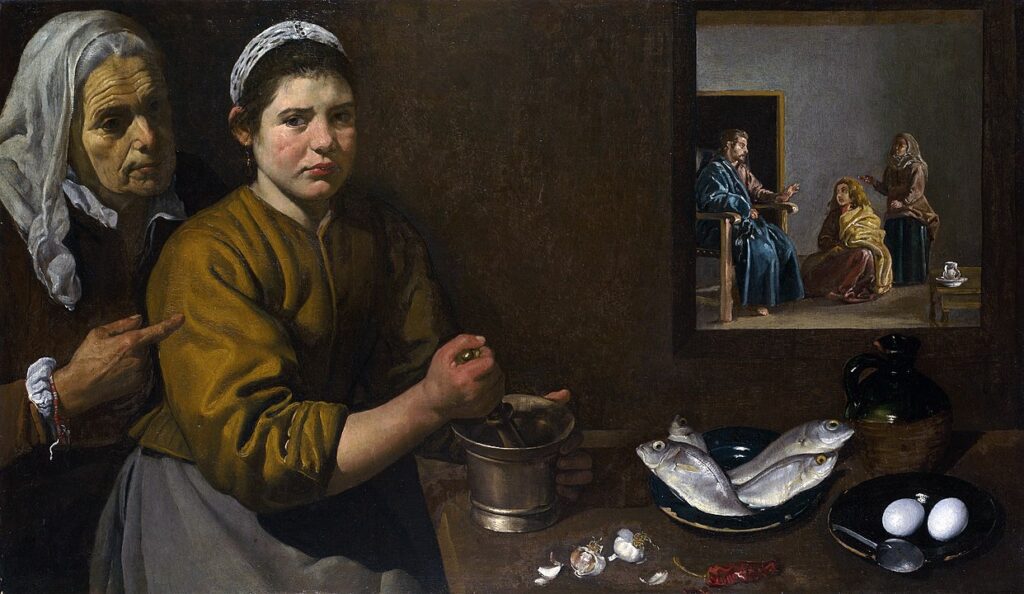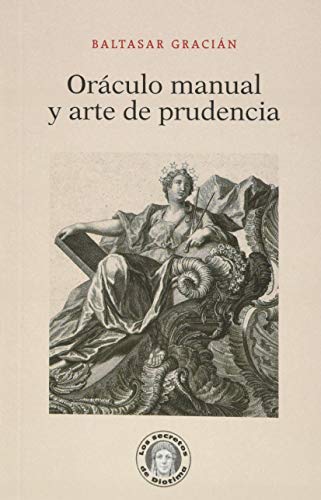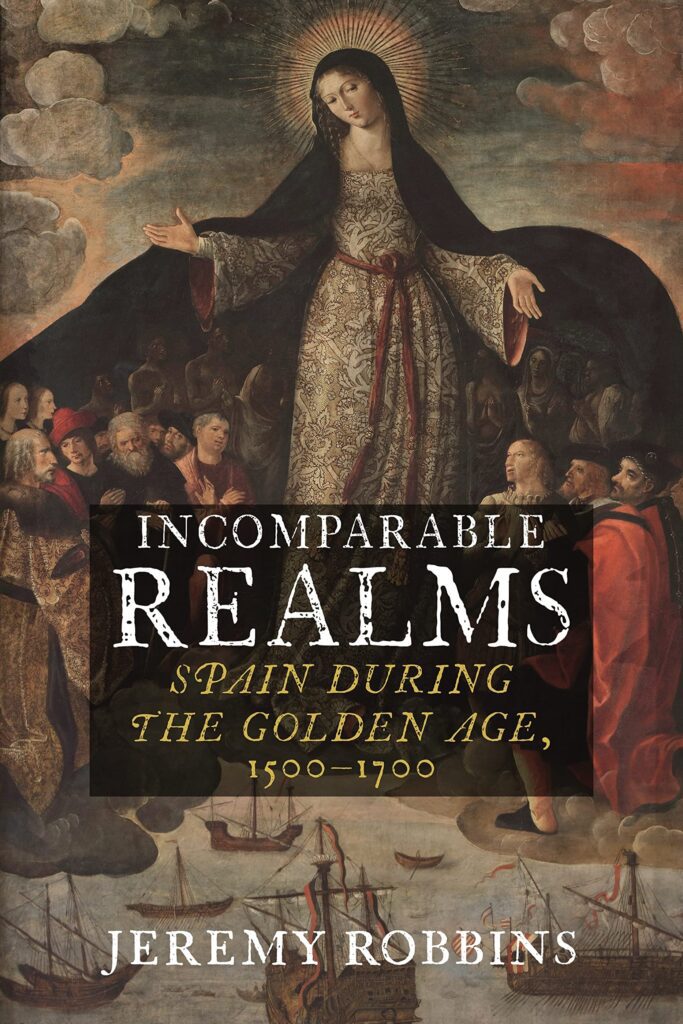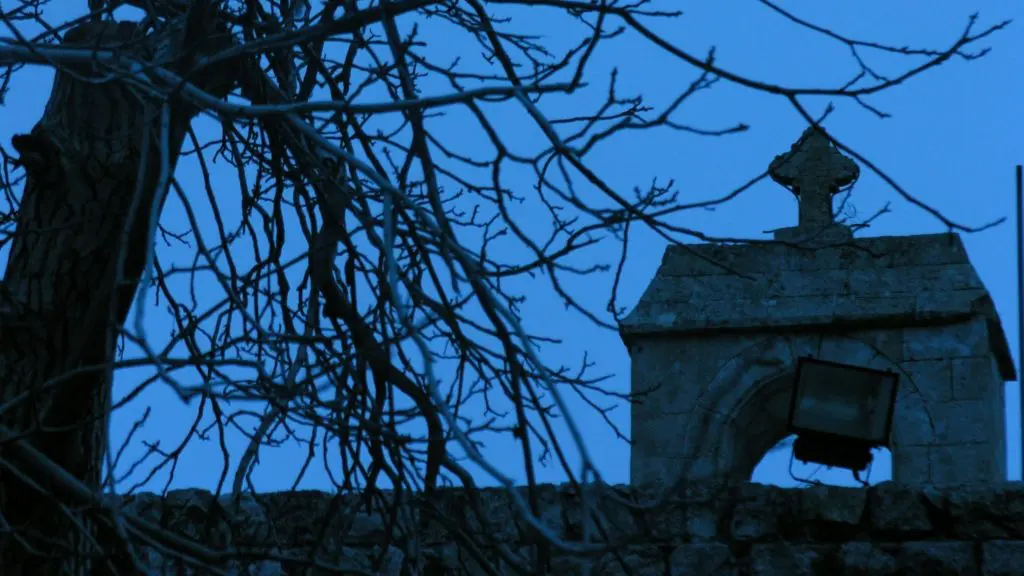The defining paradox of humanities scholarship in the 21st century West is this: at the same time as professors insist on the enduring value of a liberal arts education, they publish books that are largely unreadable and, predictably, largely unread. These books are tedious because they are filled with academic jargon. To the stupefaction of the ignorant masses, these same books fail at the most basic rule of writing; that is, they fail to tell a story. Book after book, professor after professor falls into the same trap: they ape the obscurantist diction of academia made de rigueur by the likes of Foucault, Derrida, and others. All the while, enrollment in humanities undergraduate and graduate programs across the West continues its inexorable decline.
There are notable exceptions. One that continually comes to my mind, even a decade later, is Stephen Greenblatt’s The Swerve (2011), which won the National Book Award for nonfiction. In that book Greenblatt connects the ancient world (Lucretius’ poem On the Nature of Things) with Renaissance Italy (Poggio Bracciolini, the man who recirculated the poem in 15th Century Europe) and the present (a world in which we largely accept Lucretius’ emphasis on worldly pleasure as life’s only worthwhile pursuit). Religious conservatives such as myself can object all we want to the famed leftist’s caricature of Christianity as a hellscape bent on making people miserable in this life, but we must nonetheless admire his skill at crafting and packaging a story accessible to a wider readership. Since reading Greenblatt’s book while I completed graduate studies in Spanish Golden Age literature, I have harbored high hopes for a Greenblatt to write of Spain’s Golden Age. By this I mean a book that would make Golden Age Spain accessible and interesting to a broad audience.
Jeremy Robbins’ Incomparable Realms: Spain During the Golden Age, 1500-1700 spans the breadth of the country’s early modern cultural splendor. The story that Robbins tells of the era—through two centuries of painting, polychrome sculpture, poetry, prose, plays, architecture, and more—is framed by a single leitmotif. This narrative thread—more readily apparent in some chapters of the book than others—consists in the idea that “[t]he tension between the corporeal and the spiritual is the unending struggle of Golden Age culture.”
At the same time as Robbins, a professor of Hispanic Studies at the University of Edinburgh, tackles an ambitious and heterogenous corpus of texts, he also warns his readers against sweeping generalizations about the era:
[I]n looking at Spanish culture and society during this period, I am not seeking to create a unitary narrative, a single interpretative vision, for … in a period in which both Church and monarchy struggled to hold things together and to impose and enforce a unitary point of view, to do so would be an impossible task.
The first three chapters of the book focus on the Spanish Habsburgs’ self-representation through various cultural media, with a special emphasis on the Escorial palace, completed in 1584, and the Buen Retiro, finished in 1640. The former structure stands to this day, while the latter was lost to a fire and lives on in memory only as part of Madrid’s picturesque Parque Retiro, a stone’s throw from the Museo del Prado, which houses some of the Golden Age’s greatest paintings. In these chapters Robbins is most delightful when he blends history and art criticism, discussion of great art and architecture, and shrewd analysis of the structures of visual meaning that these sought to create. For instance, Robbins tells us how King Philip’s sleeping quarters at El Escorial were
designed so that the king could view the altar from his bedroom through his oratory … [such that] the view through Philip’s bedroom to the basilica connects and separates not simply two spaces, but two spaces which in their usage emphatically embody the difference between them: not simply the basilica, but the high altar; not simply a palace room, but a bedroom where the body is at its most physical and corporeal.
Passages such as these brilliantly reinforce the “incomparable realms” premise of his book, convincing his readers that his thesis, regarding the constant interplay and creative tension of earthly and the heavenly, is correct—and that this thesis is not the product of an academic’s imagination, but that it lived, front of mind, in the Habsburg psyche. An illuminating and chilling detail in this regard involves Philip III, on his deathbed, holding the same crucifix in his hand which his father, Philip II, had held in the moments of his death. The act was at once one of piety, of reverential emulation, and of dynastic continuity, extending even so far as to include a man’s last breath.
Professor Robbins juxtaposes the quintessential austerity and sobriety of El Escorial with the more ‘earthly’ interests of diversion and recreation which dictated the construction of the Buen Retiro under Philip IV. In an echo, perhaps, of the criticism leveled by Protestants a century earlier about the fiscally irresponsible and theologically suspect nature of Rome’s artistic riches, Catholic Spain’s clergy and high nobility often sparred, among themselves and with the monarchy, over the need—or lack thereof—for expensive theatrical productions staged at court. As Robbins explains in relation to Spain’s heavy expenditures on so-called “machine plays”—known for their elaborate special effects—at a time when Spain was embroiled in the costly Thirty Years’ War:
The need to be seen to have the capital, financial as much as cultural, precisely at times of national crisis was a key reason why Madrid continued mounting such spectacles. But clearly, so was the pleasure the court took in them. Criticism combined the financial and the moral: following the death in 1689 of Charles II’s first wife, the General of the Jesuits wrote to the Count of Oropesa to tell the king that the queen’s time in purgatory might be reduced were Charles to ban the plays she had promoted as their cost was excessive and the monarchy impoverished. Nearly fifty years earlier, Olivares [Philip IV’s royal favorite] discussed Jesuit criticism of plays, saying that, while he thought plays were not worthwhile and had seen few, the king and queen enjoyed them, and plays could not be that bad since neither the Council of Trent nor their confessors banned them.
The contrast between austere piety (El Escorial) and ostentatious art and theater (the Buen Retiro) is a reminder of the conflicting longings and ultimate restlessness of the human soul, which never seems entirely satisfied with either, lighting out constantly between the two like a courier whose package is interminably rejected by sender and receiver alike, ad nauseum. In royal palaces, no less than in life, austerity and extravagance compete for the loyalties of heart and mind. Indeed, I am reminded of a professor of early modern Spanish history who once told me that one of the most fundamental truths of Habsburg Spain was also one of the most difficult to convey to his students—that monarchs were not gods, just people, with strengths and weaknesses just like anyone else.
Chapter 4 of Incomparable Realms focuses on the “self-consciously hybrid nature” of Renaissance Spain’s poetry, still-life painting and the novel. Whether Garcilaso de la Vega’s simultaneous embrace of “italian metres, pastoral, the imitation of classical and Renaissance Italian writers, and … neoplatonism,” the still-life components of Velázquez’s Christ in the House of Mary and Martha “that act as transitional objects inwards from the profane to the sacred,” or the ludic maneuvering in the Quijote between genres as disparate as picaresque realism and chivalric romance—Robbins contends that such self-aware cultural miscegenation was a defining feature of Spanish Golden Age culture. That is all well and good, but as with Chapter 6, which details the “Other(s)” in 17th century Spain (those of the Jewish or Muslim faiths), one has to wonder how such an observation furthers the books’ thesis about the “incommensurability” of the heavenly and earthly realms.

I found the passages of the book dedicated to Spanish mysticism in Chapter 5, particularly the poetry of Saint Teresa and St. John of the Cross, to make for both more germane and more compelling reading. Therein Professor Robbins explains yet another fruitful paradox and enigma at the heart of Spanish mysticism: that the only recourse to describe visions of heaven and the eternal involve the limitations of language and sensory experiences that mystical visions, by their very nature, are said to transcend. Robbins quotes Saint Teresa here from her autobiography:
God teaches the soul and speaks to it without speaking. The language is so of heaven that here [acá] it can only be poorly understood, no matter how much we want to speak about it, unless the Lord teaches it through experience. The Lord puts what he wants the soul to understand right in its very centre, and there reveals it without any image or form of words but in the manner of this vision.
Robbins glosses the above quote by adding that “[t]his type of vision enables the soul to grasp in an instant mysteries like the Trinity.” In an age such as our own, so apparently lacking in religious imagination and in the artistic conduits through which to express it, Robbins’ analysis of the overlap and cross-fertilization of spirituality and cultural production reads like rain in the desert. Similarly, in describing John of the Cross’ mystical writing, Robbins’ emphasizes the “the need to transcend the body … in pursuit of the ineffable experience of union [with God], and yet to convey this, a necessary resorting to the body’s most corporeal experiences,” to describe union with God. By the same token, the mystic must rely on the use of “language that can only ever gesture and approximate.” The limitations of the body and the written word are the only ways to articulate what is by its very nature impossible to fully conceptualize and intrinsically ephemeral to the human mind—eternity and eternal life outside the ravages of time.
Chapters 7 and 8 of the book are structured around the tropes of movement (or journeys) and mirrors (reflections) as engines of artistic expression. Movement and mirrors, Robbins proposes, reflect quintessential concerns of the Spanish Golden Age—the human soul’s restless journeying towards both death and (hopefully) eternal life, as well as the fluidity (and oftentimes disparity) between copy and original, image and reflection. An equally interesting theme Robbins identifies in the last few chapters of the book is the one between doubt and belief, hope and desengaño—translated both as “disillusionment” and “disappointment.” Desengaño, as Robbins explains, was a multifaceted sentiment. It was evidenced at once in the despair voiced over Spain’s military and economic decline relative to England, the nascent Dutch Republic (only recognized by Spain in 1648 at the conclusion of Thirty Years’ War), and France; but disillusionment and disappointment were also staples of the conduct manuals, such as Castiglione’s The Courtier (1528), deftly translated into Castilian by the Catalan Spaniard Juán Boscan, and aphoristic literature of the time, such as Jesuit Baltasar Gracián’s Oráculo manual y arte de prudencia (1647).

Each of these genres, in turn, reflected the realities of life in European court capitals. Patronage and favor could not be guaranteed; falls from grace could be sudden, abrupt, and socially humiliating. Furthermore, as the growth of court capitals fed urbanization, causing tens of thousands to abandon the countryside and smaller provincial cities, desengaño also took on connotations relating to the disabusing of the gullible. Much as today one can use social media to create an alternate reality—of success, riches, friendship, love etc.—which might correspond at best loosely with the truth, Golden Age writers including Gracián, Quevedo, and Cervantes were supremely aware of the fact that image and reality were not one and the same—least of all in the environs of urban Madrid, where courtier supplicants sought the favor of the king. Indeed, one’s image, as he or she projected it both onto themself and to others—one’s “self-fashioning” to use Stephen Greenblatt’s enduring neologism about the Renaissance—could bear upon realities that previously seemed set in stone, thus distorting and undermining Spain’s ostensibly feudal social order. The lowly artist could become an aristocrat, the converso Jew could become the ‘old’ Christian of pure blood. Social mobility, whether of the limited and circumscribed kind that emerged in 17th century Spain or the more abundant, if imperfect, type that prevails in today’s ‘meritocratic’ West, is always a double-edged sword: one’s downfall can come as quickly as one’s rise, one’s humble origins or fibbed credentials exposed at any moment. It is at that moment that desengaño unexpectedly resurfaces.
While desengaño carried mostly negative connotations, its philosophical sister, skepticism, ultimately produced great benefits in Spain and elsewhere in Europe. Robbins explains that philosophical skepticism was reintroduced to Europe by the work of Renaissance scholars. Even in Spain, where Catholic orthodoxy reigned supreme, Pedro de Valencia released a book explaining the (radical) skepticism of Sextus Empiricus. Robbins contends that while disillusionment produced both playfulness and acerbic cynicism in the arts, the related notion of skepticism was key to Europe’s so-called “scientific revolution”:
Skepticism’s assault on received opinion, and especially on what many saw as an unquestioned reliance on established authority, above all Aristotle’s, led to arguments that such reliance should be replaced by direct observation, empiricism and experimentation. What emerges in Europe is a fundamental change of emphasis from reliance on authority to experiment, and from what was perceived as the impossible pursuit of certain knowledge to the acceptance of provisional, ‘scientific’ knowledge.
Robbins’ study of the Golden Age might in turn be called a work of skepticism in that it “refuses to create a unitary narrative, a single interpretive vision” of the period, but instead dissects it piecemeal under a microscope. This approach has its strengths from an academic standpoint, in that his scholarship is rigorous, insightful and slow to make sweeping generalizations. That said, I am still left wanting that “single interpretive vision” of the kind Greenblatt makes in The Swerve. This is perhaps more an indictment of me as a reader than Robbins as a scholar. I prefer the illusionistic splendor of a single, all-encompassing story that explains why Spain achieved so much in the way of lasting cultural brilliance while it simultaneously declined as a great power on the world stage. Some of us, as the Golden Age painters, artists, playwrights, and poets knew all too well, would prefer to be deceived.







